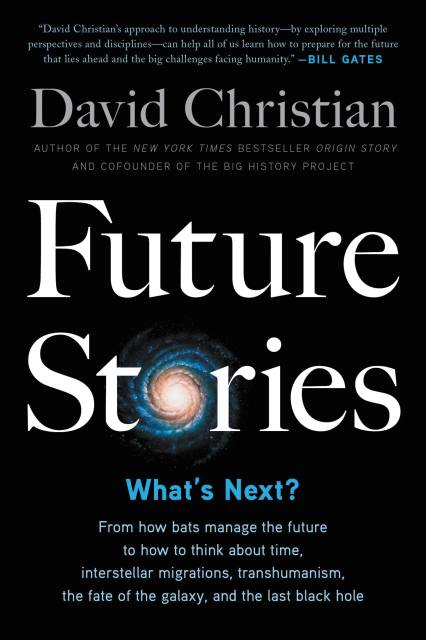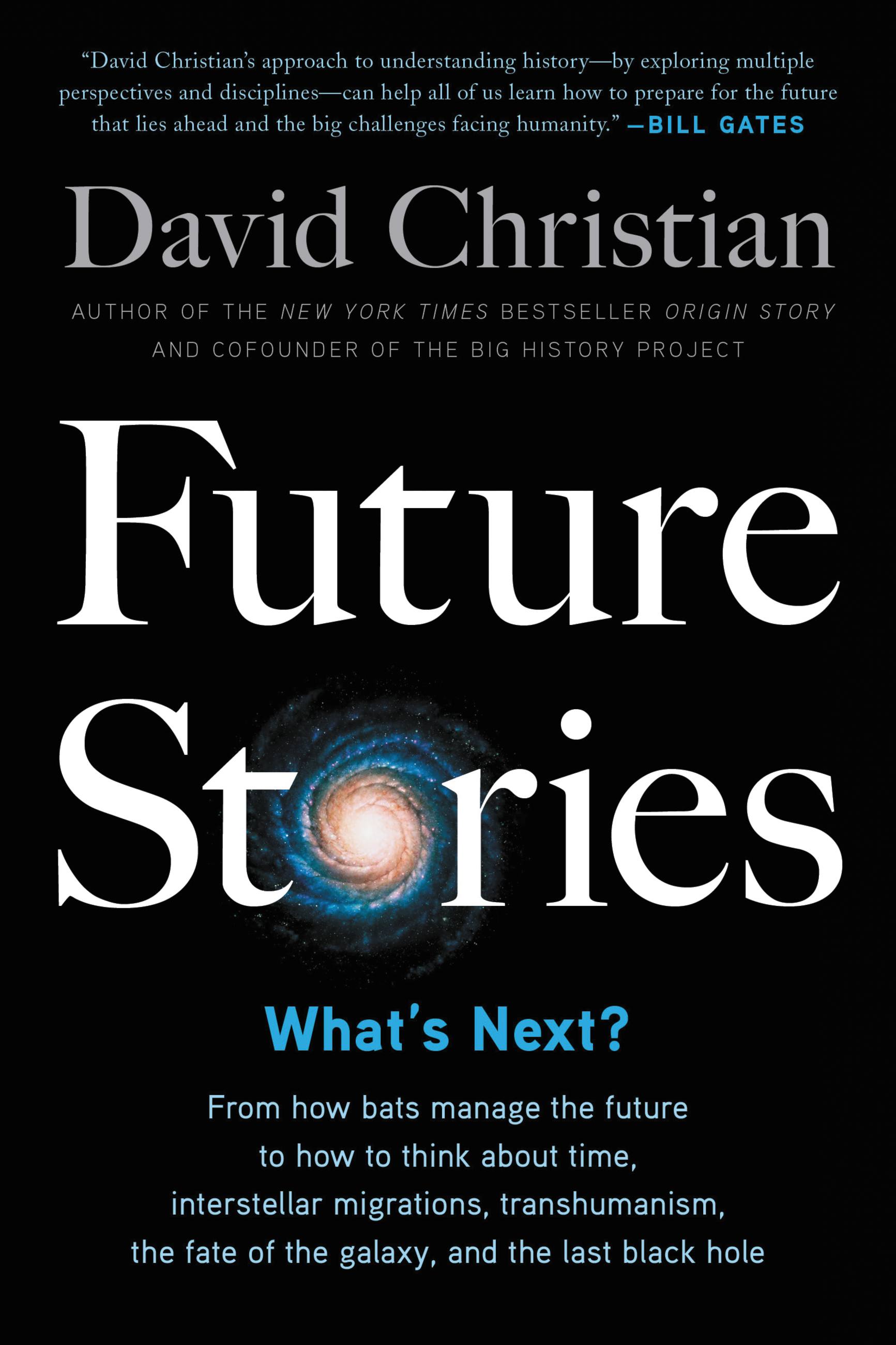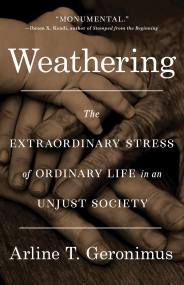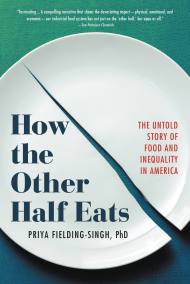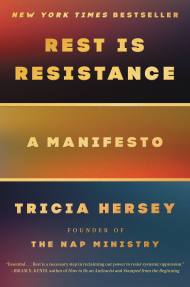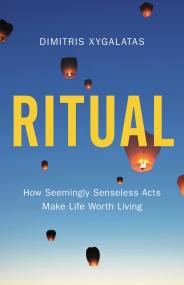Promotion
Use code BEST25 for 25% off storewide. Make sure to order by 11:59am, 12/12 for holiday delivery!
By clicking “Accept,” you agree to the use of cookies and similar technologies on your device as set forth in our Cookie Policy and our Privacy Policy. Please note that certain cookies are essential for this website to function properly and do not require user consent to be deployed.
Future Stories
What's Next?
Contributors
Formats and Prices
- On Sale
- Jun 6, 2023
- Page Count
- 368 pages
- Publisher
- Little Brown Spark
- ISBN-13
- 9780316497466
Price
$18.99Price
$23.99 CADFormat
Format:
- Trade Paperback $18.99 $23.99 CAD
- ebook $11.99 $15.99 CAD
This item is a preorder. Your payment method will be charged immediately, and the product is expected to ship on or around June 6, 2023. This date is subject to change due to shipping delays beyond our control.
Buy from Other Retailers:
The future is uncertain, a bit spooky, possibly dangerous, maybe wonderful. We cope with this never-ending uncertainty by telling stories about the future, future stories. How do we construct those stories? Where is the future, the place where we set those stories? Can we trust our future stories? And what sort of futures do they show us?
This book is about future stories and future thinking, about how we prepare for the future. Think of it as a sort of User’s Guide to the Future. We all need such a guide because the future is where we will spend the rest of our lives.
David Christian, historian and author of Origin Story, is renowned for pioneering the emerging discipline of Big History, which surveys the whole of the past. But with Future Stories, he casts his sharp analytical eye forward, offering an introduction to the strange world of the future, and a guide to what we think we know about it at all scales, from the individual to the cosmological.
Christian consults theologians, philosophers, scientists, statisticians, and scholars from a huge range of places and times as he explores how we prepare for uncertain futures, including the future of human evolution, artificial intelligence, interstellar travel, and more. By linking the study of the past much more closely to the study of the future, we can begin to imagine what the world will look like in a hundred years and consider solutions to the biggest challenges facing us all.
-
“David Christian’s approach to understanding history—by exploring multiple perspectives and disciplines—can help all of us learn how to prepare for the future that lies ahead and the big challenges facing humanity.”Bill Gates
-
"A head turner. Future Stories is a clarion call for us to see the past and the future together—across multiple scales—and to act for the future of our planet."Marnie Hughes-Warrington, author of History as Wonder
-
"David Christian transfers his gifts for telling big stories from the past to the future, tracing the ways in which entities from the microscopic to the cosmic approach the future. His radical scale-shifting still makes space for us humans, individually and collectively—and desperately—trying to know ‘what comes next?'"Merry E. Wiesner-Hanks, Editor-in-chief of Cambridge World History
-
“David Christian possesses a unique gift for collecting nuggets of knowledge from all sorts of disciplines and putting them together into a superbly unified whole that brings out the beauty of the overall big picture. Origin Story provides the long run-up that gives us a way to think seriously about how we got here; Future Stories continues this ‘evolutionary epic’ and explores some of the many possibilities of the coming Big Futures that may yet lie ahead.”Joseph Voros, Foresight educator, researcher and consultant and adjunct professor of Foresight
-
“Future Stories is simultaneously entertaining and sobering, and is recommended reading for anyone who may be curious about what's ahead of us.”Shelf Awareness
-
“Christian lucidly explains complex scientific, philosophical, and historical concepts. The result is a stimulating look ahead.”Publishers Weekly
Newsletter Signup
By clicking ‘Sign Up,’ I acknowledge that I have read and agree to Hachette Book Group’s Privacy Policy and Terms of Use
